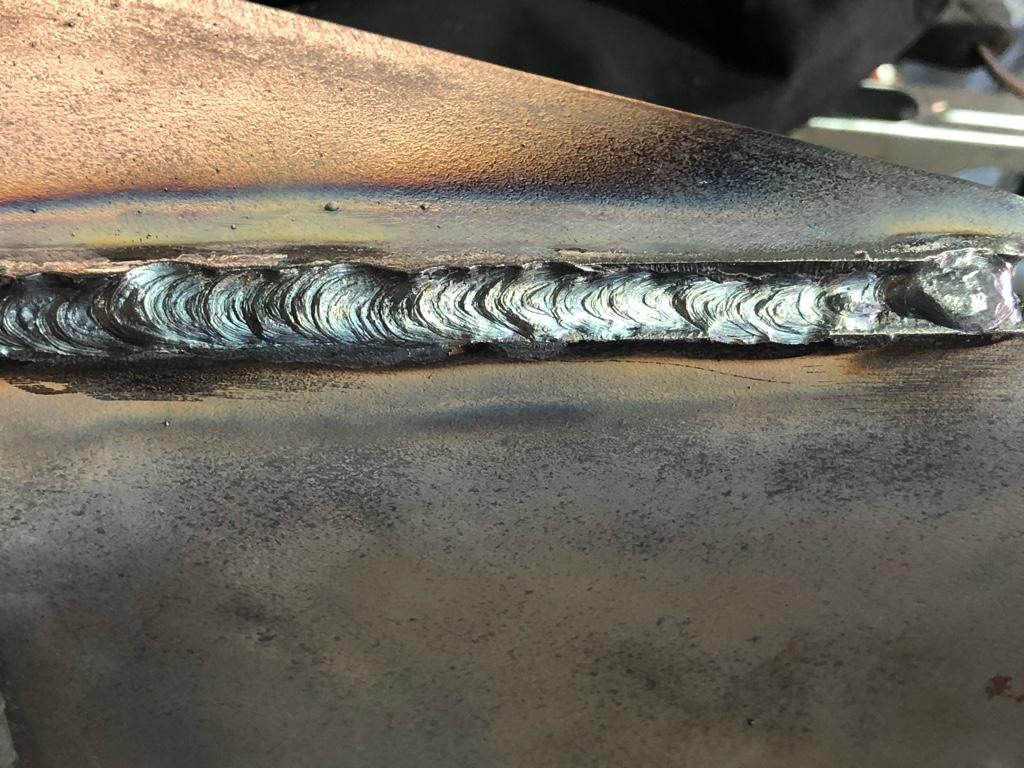Your Total Handbook to Preventing Weld Undercut Like a Pro
Your Total Handbook to Preventing Weld Undercut Like a Pro
Blog Article
Grasping the Art of Welding: Just How to Stay Clear Of Undercut Welding Issues for Flawless Fabrication Outcomes
Efficiency and precision are critical on the planet of welding, where even the slightest flaw can jeopardize the architectural stability of a made piece. One common challenge that welders face is undercutting, a problem that can damage a weld joint and lead to costly rework. By understanding the source of undercut welding and applying reliable strategies to avoid it, welders can raise their craft to new levels of quality (Preventing weld undercut). In the search of perfect manufacture results, mastering the art of welding to stay clear of undercut concerns is not just an ability yet a need for those pursuing excellence in their work.
Understanding Undercut Welding

To protect against undercut welding, welders should guarantee appropriate welding criteria, such as readjusting the existing, voltage, travel rate, and maintaining the right electrode angle. By recognizing the reasons of undercut welding and implementing preventative procedures, welders can achieve high-grade, structurally sound welds.
Root Causes Of Undercut in Welding
Recognizing the elements that contribute to damage in welding is vital for welders to generate top quality, structurally sound welds. Poor welding current or incorrect welding rate can also contribute to undercut. Comprehending these reasons and carrying out correct welding techniques can help avoid undercutting problems, making sure durable and strong welds.
Methods to avoid Undercutting

To mitigate the risk of damaging in welding, welders can use strategic welding strategies intended at boosting the high quality and stability of the weld joints. Additionally, using the proper welding technique for the details joint arrangement, such as weave or stringer beads, can add to minimizing damaging.
Using back-step welding methods and managing the weld bead profile can also assist disperse warmth evenly and decrease the threat of undercut. Regular evaluation of the weld joint during and after welding, as well as carrying out high quality guarantee actions, can assist in spotting and attending to damaging concerns without delay.
Relevance of Proper Welding Specifications
Choosing and preserving suitable welding specifications is vital for achieving successful welds with marginal issues. Welding criteria describe variables such as voltage, existing, take a trip rate, electrode angle, and protecting gas flow rate that directly impact the welding procedure. These criteria have to be very carefully changed based on the kind of material being welded, its density, and the welding method employed.
Proper welding parameters make certain the ideal amount of heat is applied to thaw you can find out more the base metals and filler product consistently. If the specifications are set expensive, it can lead to too much warm input, causing burn-through, spatter, or distortion. On the other hand, if the criteria are as well reduced, insufficient blend, lack of infiltration, or undercutting might occur.
Quality Control in Welding Procedures

Conclusion
In final thought, grasping the art of welding needs a detailed understanding of undercut welding, its reasons, and methods to avoid it. By ensuring proper welding parameters and applying quality control practices, remarkable manufacture results can be achieved. It is crucial for welders to continually aim for excellence in their welding procedures to prevent undercut try this site issues and generate top notch welds.
Undercut welding, a common flaw in welding processes, occurs when the weld steel doesn't effectively best site fill up the groove and leaves a groove or clinical depression along the bonded joint.To prevent undercut welding, welders need to guarantee correct welding specifications, such as readjusting the existing, voltage, traveling speed, and keeping the right electrode angle. Insufficient welding existing or incorrect welding speed can additionally add to damage.To reduce the threat of undercutting in welding, welders can utilize critical welding methods intended at enhancing the high quality and honesty of the weld joints.In conclusion, mastering the art of welding calls for an extensive understanding of undercut welding, its reasons, and techniques to avoid it.
Report this page